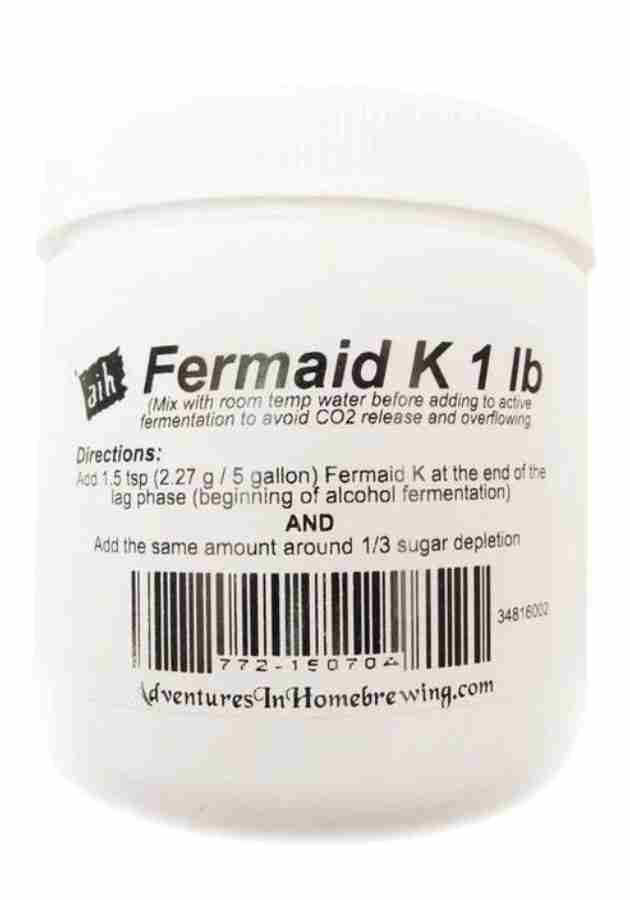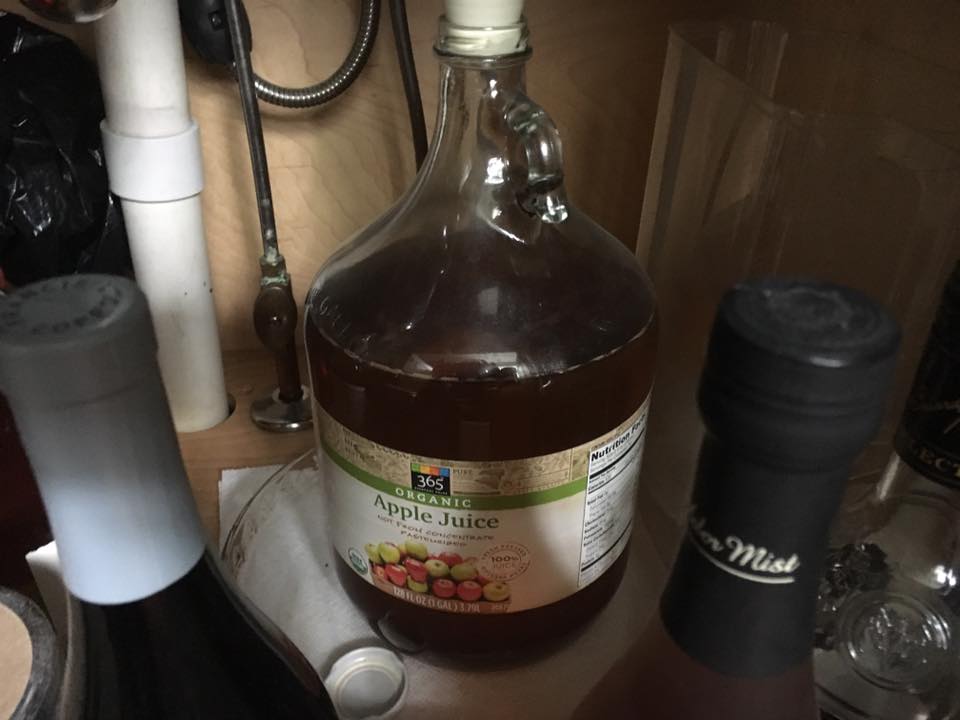When I first got into home brewing my first creation was a simple brown ale. I was able to brew it and bottle it in around a month’s time. This was nice I thought because it let me taste the product pretty quick and I could find out if I was any good at this stuff or not.
By nature, I’m a pretty impatient person, and so the prospect of waiting half a year to taste some mead really doesn’t sit right with me. I want to taste it as soon as possible! After I get over myself I calm down and realize it’s ok because I have a ton of other mead aging and ready to go. However, what if it’s your first time? Let’s tackle why it takes mead so long to ferment.
The reason that mead takes so long to ferment is that honey is low on nutrients that the yeast need to thrive. This can be mitigated to a certain degree using energizer/nutrient/dap. Despite this, mead fermentation appears to benefit from time to ferment fully. Many yeasts used for mead are designed for fermenting grape juice into wine. Fruit juice being composed of different nutrients than honey may contribute to the yeast not being fully “optimized” for honey and thus take longer.
Below we’ll discuss how long to ferment in different stages of your mead making and why it’s necessary. Strap in.
How Long to Have Mead in Primary and Why
The amount of time that you want your mead in your primary fermenter depends on a few factors. The yeast alcohol tolerance, yeast attenuation levels, the yeast fermentation speed, the health of the yeast, the amount of honey/fermentable sugars, etc all play a role in how long it takes to ferment in the primary.
As stated above, honey doesn’t have all the nutrients that yeast needs in order to ferment on its own in a timely manner. One way to greatly speed up the time it takes in the primary fermenter is adding yeast nutrients on a staggered schedule. This will allow the yeast to do its job faster and power through the sugars in a healthy manner.
The only way you can know if you are done with primary fermentation is by looking at the specific gravity of your mead. If the specific gravity hasn’t moved for 2 days it may indicate that you’re done with primary fermentation. You can try slightly shaking the mead to degass it of co2 which would potentially get the yeast unstuck. However, if you’re taking a reading and you notice that it’s at the desired specific gravity for a couple days, it’s done fermenting.
If you’re making an average mead with around 14-16 percent abv, then it should take around 2-4 weeks depending if you are adding nutrients or not. The important thing is that the purpose of the primary fermenter is for the yeast to do the bulk of turning the sugars into alcohol. After it’s done, it’s not necessary, but it’s suggested to rack into a secondary fermenter in order to get the mead off the yeast cake at the bottom. This yeast cake that forms from yeast falling to the bottom can lead to some off flavors in your mead if it’s left on there.
How Long to Have Mead in Secondary
Once your mead is done fermenting, you are going to want to rack your mead into a secondary vessel in order to age it. It’s important to keep oxygen out of this process as much as possible so you should use a racking cane in order to draw the mead out of the primary slowly and with as little agitation as possible.
The reason that you’re moving it to the secondary vessel is that you want to have any particulates in the mead settle at the bottom. You want the particulates to settle at the bottom for two reasons. First, people generally like their mead to be clear, not hazy. It just looks better. Second, after primary fermentation, your mead will be filled with live yeasts, dead yeasts, wax, and other fermentation byproducts. These different particulates contribute to bad flavors in mead and can possibly lead to slight digestive problems.
To fully clarify the mead it could take several months and depending on whether you want to or not, a few more rackings to another secondary container. I use a glass carboy as my secondary so it’s easy for me to look inside and see if it’s clear or not. Typically I’ll wait around 2 months for this to take place.
How Long to Age in Bottles
After your mead is done fermenting and has clarified, it’s time to bottle your mead. Many impatient people like myself will just drink it right away to see what it tastes like. It’s usually not very good and requires bottle aging.
Bottling is pretty simple, you just siphon your mead from your secondary using the same siphon you used for moving into your secondary with an added bottling dropper attached to the end. Once the bottle is filled up you just cork it and set it away in a cool dark place to age.
Unlike beer or cider which can take a week to bottle condition, you should plan on waiting somewhere in the neighborhood of 6 months to a year before cracking it open. This is because meads usually have a very alcoholic taste to them right after being made. The alcohol mellows with age which allows some of the honey notes to come forward.
Just as with wines, lighter meads tend to be ready sooner than your higher abv meads. I’ve read that at around 2-3 years of aging you’ll start to see diminishing returns, but I don’t really know because I’ve never drank a mead that was aged that long.
Bottom Line
Mead takes so long to ferment because it lacks the nutrients to ferment fast as is the case with malt or grapes. After the fermentation is over, it will still take a while because you have to age your mead in your bottle.
I know it’s a pain to have to wait a year to drink your mead, but it’s worth it. The final product after being aged tastes incredible. Just go into the project with the mentality that you won’t drink it for a while and you’ll be fine. Take the time you would take to drink the mead to instead make another batch!



